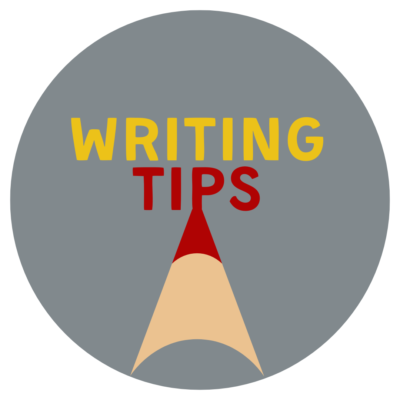A Writing Tip by Karen Rile
THE PAST IS PERFECT
Estimated reading time: 3 minutes
You wrote a paragraph.
You were writing a novel all summer.
You had written the first hundred pages on a bus.
You had been writing the same old story for years.
Each sentence above presents a different version of the past. The simple past suggests an action that happened, well, simply in the past. The continuous, or progressive, past describes an ongoing past action (“all summer.”) The past perfect shows an action that happened before some point in the past. And past perfect progressive, an ongoing action that happened sometime before a particular point in the past.
Have your eyes glazed over yet? Not if you’re a grammar nerd like me, and my high-achieving students with their perfect SAT scores. They’re sticklers for using the correct tense, which means that when they set a story in past tense their prose gets cluttered with auxiliary verbs and participles. If you string too many past-perfects in a row, instead of gliding through the story, the reader’s mind snags on what feels like a composition exercise.
Two possible fixes:
1) Try flipping the “now” of the story to the present, so past-from-now actions render in the simple past.
The problem with this solution is you’re stuck in the plodding present tense, which might not be the mood you’re going for. And past-from-past-from-now moments might still crop up from time to time with all their pesky hads and had-beens.
2) More elegant is the sleight of hand in which you introduce the past perfect tense at the beginning of your flashback. After timeline is established, you can shift back into simple past. The reader will intuit what you’ve done without actively clocking the grammatical (or, agrammatical, actually) change. When you return to the “now” of the story (also in simple past), you’ll need to reestablish the time frame, perhaps with a bit of white space, a new paragraph, or even just the word, “now…”

Karen Rile is chief editor of Cleaver, which she co-founded in 2013 with Lauren Rile Smith. She is the author of Winter Music, a novel set in Philadelphia, and numerous works of fiction and creative nonfiction. She lives in Philadelphia and teaches fiction and creative nonfiction at the University of Pennsylvania. Follow her on Instagram @whatkindofdog.
Read more from Cleaver Magazine’s Writing Tips.

